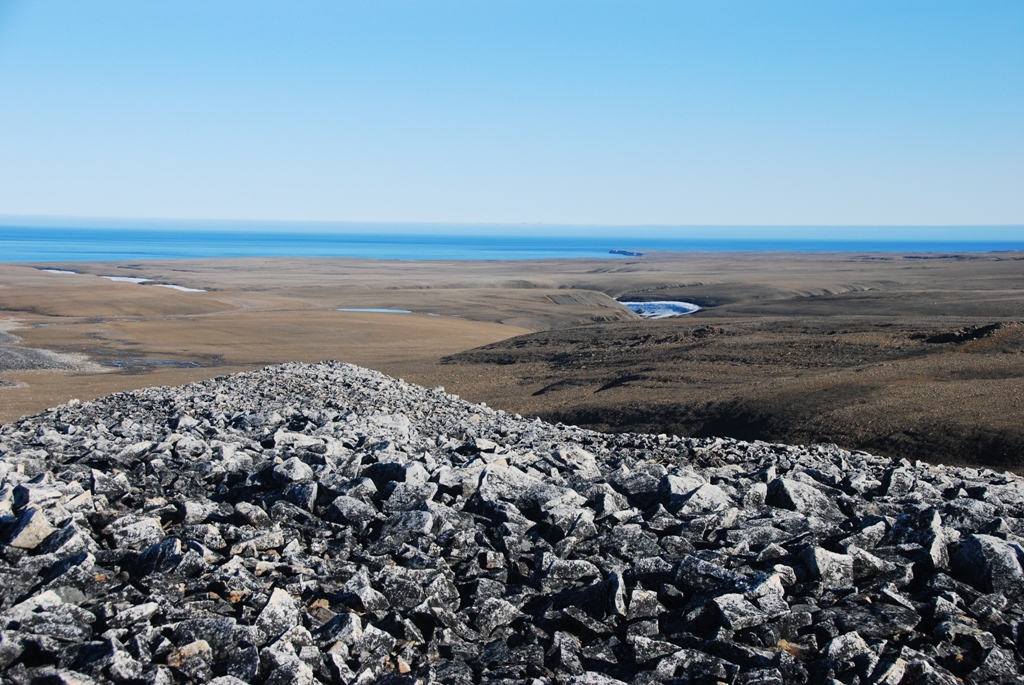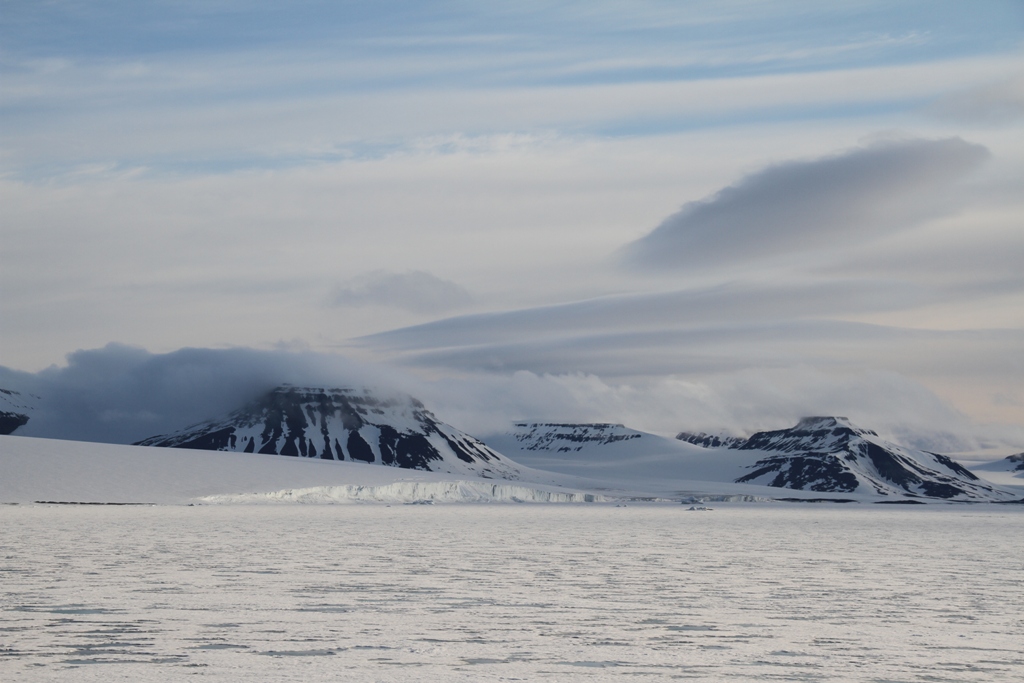Groups of people used to settle in the territory of the Russian Arctic, notorious for its hostile conditions. During several scientific expeditions it turned out that despite the harsh climate prehistoric hunters were living on Zhokhov Island for a long period of time. They used to build sledges and raise sled dogs. The hunters were surviving mainly on a diet of meat of polar bears, which are still found here.
The ancient inhabitants of Zhokhov Island traded with neighbouring regions. This is evidenced by the tools unearthed in the ancient men’s villages. The tools were made from volcanic obsidian, the closest deposit of which is located thousands of kilometres away in Chukotka. For those times it was quite a distance to cover.
According to researchers, in that era the island was part of the mainland. After sea level rise, the villagers left their settlements.

These are the first Arctic mummies found in Russia dating back before the 15th century. Until now, such remains have only been found in Greenland and Alaska, mainly in the Eskimo graves.
Greenland has many medieval Viking graves. The Scandinavians occupied the island in 986 (long before the Eskimos), they were surviving in these hostile conditions for almost five hundred years. After that, the two Viking settlements nearly completely died out. The reason to this remains unclear.
There are several hypotheses. According to the first one, the warlike Eskimos committed genocide of the Scandinavians trying to colonize these lands. The second theory says that the sea robbers are to blame. But there is a third theory, according to which the Vikings became extinct.
The Vikings died out most likely due to the cold snaps.
According to the isotopic composition of organics buried at the bottom of local lakes scientists have found that at the end of the Middle Ages, at least in some parts of Greenland it was much warmer than it is now. At the same time, scientists compared the organic content in the remains of insects that lived in the southeast of Greenland from 900 to 1400 with the same organic material accumulated in the silt before and after this period. It turned out that the average annual temperature during these years exceeded the normal temperature common for these places by one and a half degrees.

It has been suggested earlier that there had been local warming in those centuries, but the instrumental verification to prove that was undertaken for the first time.
The Russian-Korean group of archaeologists discovered the mummies mainly due to permafrost in the soil of this region. The discovery, among other things, means that it will be possible to carry out a more thorough study of the ancient population of the Arctic region than it had been believed possible.
Mummies are very important for the study of ancient people as during the analysis of their soft tissues, many small details can be identified. That is why a few years ago, the study of the European mummy of natural origin, referred to as Ezi, provided the scientists with a lot of different data. For example, the study provided the details about the contents of the last supper of the mummy, the tattoos, the nature of antemortem injuries and other information.
Based on materials from the Russian Arctic National Park


